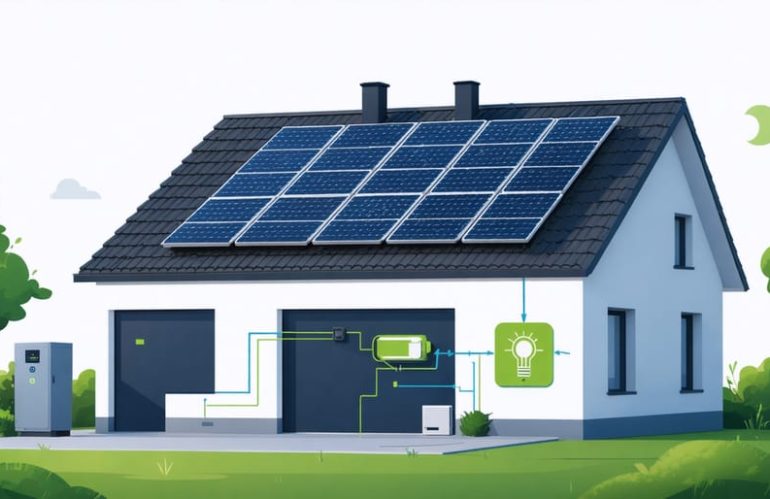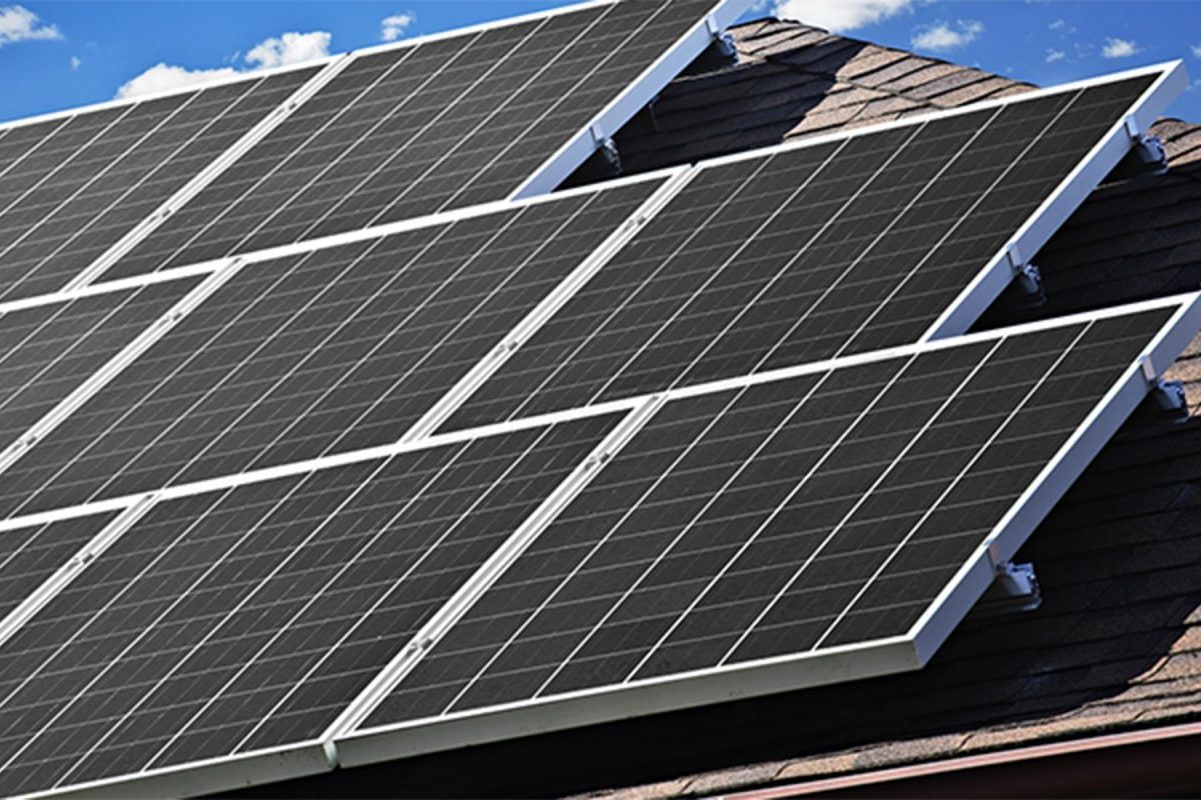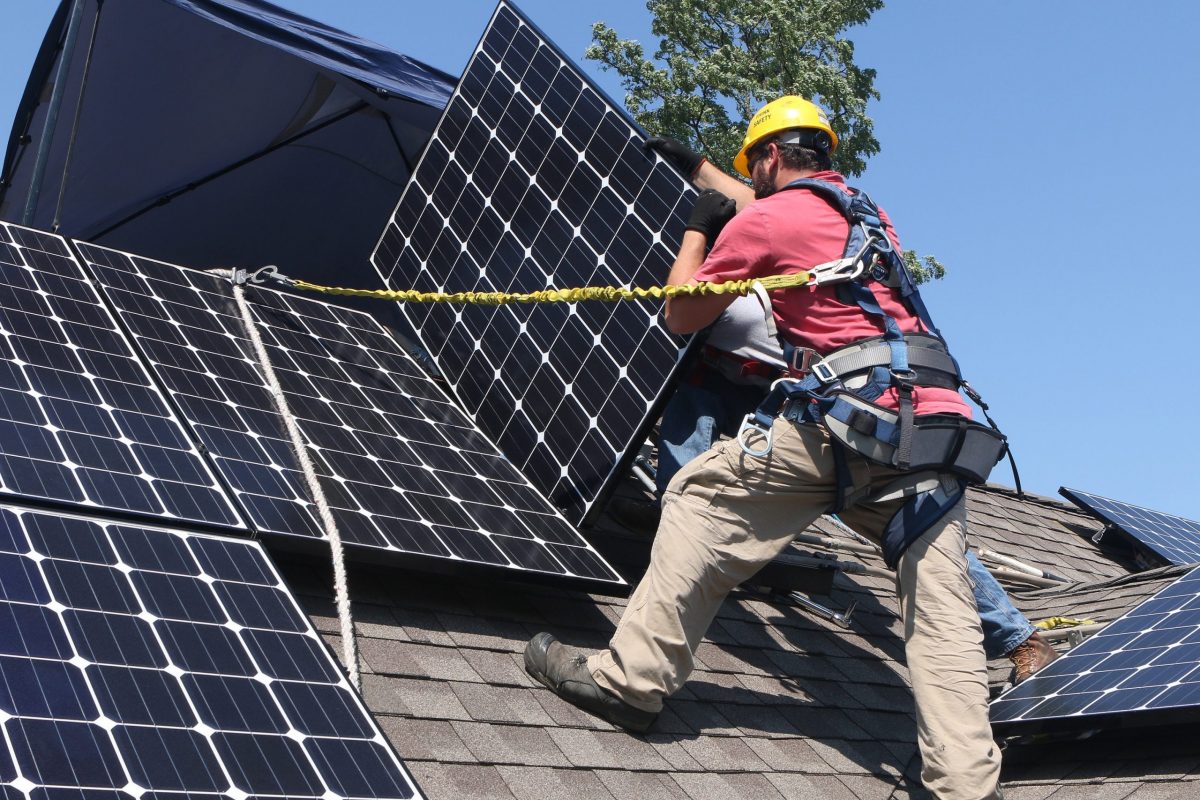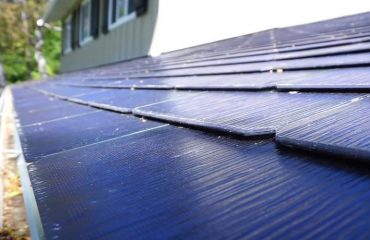Transform your home into an energy powerhouse by pairing residential solar systems with advanced battery storage technology. Modern solar battery systems capture excess daytime energy production, providing reliable power during nighttime hours and grid outages while significantly reducing electricity bills. This game-changing combination offers homeowners unprecedented energy independence, with sophisticated management systems automatically optimizing power flow between solar panels, batteries, and household demands. As utility rates continue climbing and extreme weather events become more frequent, solar array battery storage represents a smart investment in both financial security and environmental sustainability. Recent advances in lithium-ion technology have made these systems more affordable and efficient than ever, with many homeowners achieving complete energy independence within 5-7 years of installation.
Why Your Solar Panels Need Battery Storage
24/7 Power Independence
One of the most compelling advantages of adding battery storage to your solar array is achieving true energy independence around the clock. While solar panels generate electricity during daylight hours, battery systems store excess energy for use when the sun isn’t shining. This means you can power your home reliably during nighttime, cloudy weather, or even grid outages.
Modern battery systems automatically detect when your solar panels aren’t producing enough power and seamlessly switch to stored energy, ensuring your lights stay on and your appliances keep running. During peak sunlight hours, your panels charge the batteries while simultaneously powering your home, creating an efficient cycle of energy production and storage.
This 24/7 power capability is especially valuable during extreme weather events or grid failures. While your neighbors might be left in the dark during a power outage, your battery system keeps essential appliances running. Many homeowners find peace of mind knowing they’re no longer dependent on the traditional power grid and can maintain their normal lifestyle regardless of external conditions.
Protection from Grid Outages
One of the most valuable benefits of solar battery storage is its ability to keep your home powered during grid outages. When the power grid fails due to severe weather, equipment failures, or other issues, your battery system automatically kicks in, providing seamless backup power to keep essential appliances and systems running.
Unlike traditional solar panels that shut down during blackouts for safety reasons, a battery-equipped solar system can continue operating independently. You can power critical loads like refrigerators, medical equipment, lighting, and communication devices without interruption. Many homeowners find peace of mind knowing their homes remain functional during emergencies.
The amount of backup time your battery provides depends on its capacity and your energy usage. Most residential systems can power essential loads for 12-24 hours, though this varies based on your specific setup. You can maximize backup duration by prioritizing critical appliances and practicing energy conservation during outages.
For enhanced protection, some homeowners choose to install multiple batteries or combine their system with a generator for extended backup capabilities. This layered approach ensures reliable power even during prolonged outages.
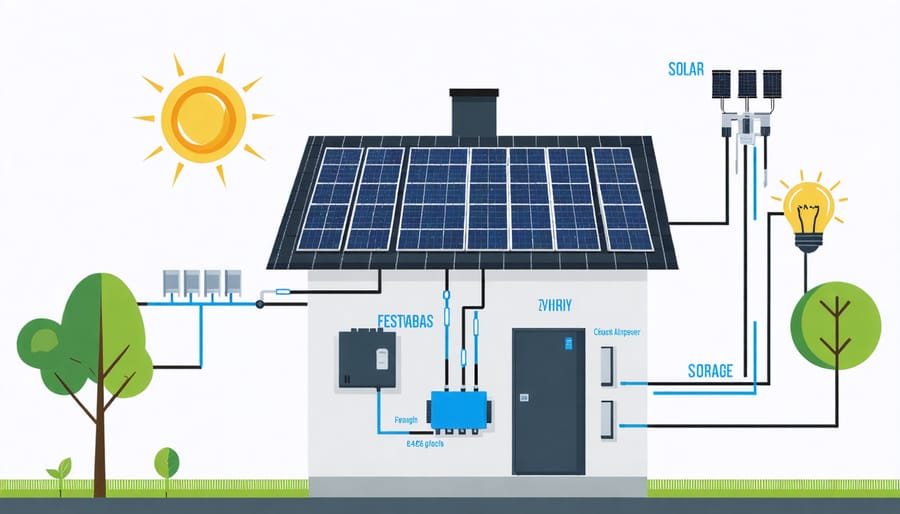
How Solar Battery Storage Works
Charging Cycle
During peak sunlight hours, your solar panels often generate more electricity than your home needs. This excess energy doesn’t go to waste – instead, it’s directed to charge your battery storage system. The charging cycle typically begins in the early morning hours as the sun rises and solar production increases. As your household consumption drops during the day (when many people are at work or school), this surplus energy is automatically stored in your batteries.
Modern solar batteries use sophisticated charge controllers that optimize the charging process. These smart systems ensure your batteries charge efficiently while protecting them from overcharging, which could reduce their lifespan. Most home battery systems will reach full charge by mid-afternoon on sunny days, providing you with a reliable power reserve for evening use.
The charging cycle isn’t just about storing energy – it’s also about timing. Your system monitors your home’s energy patterns and weather forecasts to make intelligent charging decisions. For example, if rain is predicted for the next day, your system might prioritize full battery charging during current sunny conditions.
During winter months or cloudy days, the charging cycle adapts to reduced solar production. While it may take longer to reach full charge, your system continues to store every available bit of excess energy, ensuring you have backup power when needed.
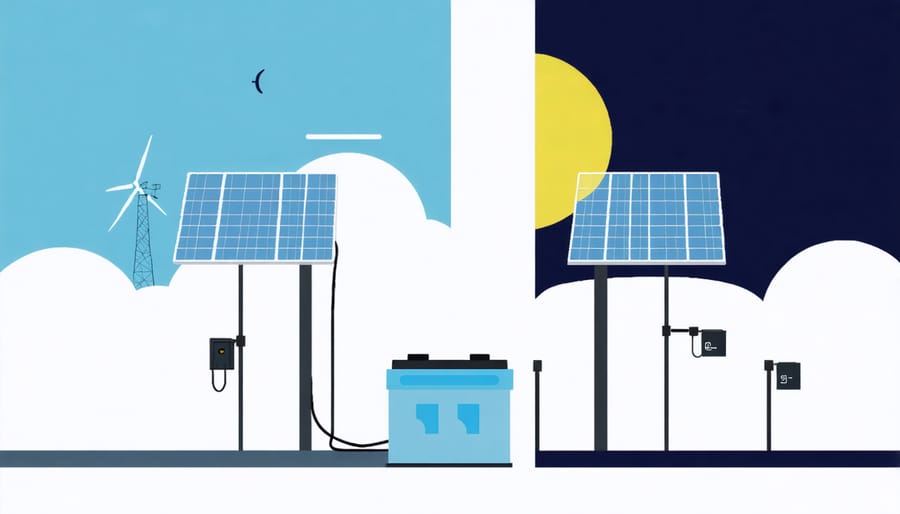
Power Distribution
When your solar panels generate electricity and charge your batteries, a sophisticated power distribution system ensures this stored energy is used efficiently when needed. The system’s inverter and smart grid technology work together to automatically direct power where it’s needed most.
During a typical day, your system first powers your home’s immediate needs. Any excess energy charges your batteries for later use. When the sun sets or during cloudy weather, the stored energy from your batteries seamlessly kicks in to power your home. This transition happens automatically, so you won’t notice any interruption in your power supply.
Most modern systems allow you to prioritize how your stored energy is used. You can set your system to power essential appliances during outages, maximize self-consumption of solar energy, or optimize for time-of-use electricity rates. Many homeowners program their systems to use stored energy during peak utility rate hours, significantly reducing their electricity bills.
The distribution system also includes safety features that protect your home’s electrical system and prevent overloading. Built-in monitoring lets you track energy flow in real-time through user-friendly apps, helping you understand and optimize your home’s energy usage patterns.
Choosing the Right Battery Size
Selecting the right battery size for your solar array is crucial for maximizing both performance and value. The ideal battery capacity depends primarily on your daily energy consumption and backup power needs. For a typical American home using 30 kWh per day, a 10-15 kWh battery system usually provides sufficient backup for essential loads during power outages.
To determine your optimal battery size, start by calculating your average daily energy usage from your utility bills. A small home (1,500 sq ft or less) typically requires 8-12 kWh of battery storage, while medium-sized homes (1,500-2,500 sq ft) generally need 12-16 kWh. Larger homes over 2,500 sq ft may require 16-20 kWh or more, depending on energy consumption patterns.
Consider these key factors when sizing your battery system:
– Peak energy usage during evening hours
– Critical loads you want to power during outages
– Regional weather patterns and typical outage duration
– Future energy needs, including electric vehicle charging
A good rule of thumb is to size your battery to cover 50-80% of your daily energy consumption. This provides enough capacity for evening use and brief outages while maintaining cost-effectiveness. For extended backup power, you might want to consider a larger system or multiple batteries.
Remember that bigger isn’t always better. Oversizing your battery system can lead to unnecessary costs without proportional benefits. Most homeowners find the sweet spot by covering their evening energy usage plus essential loads during outages. Working with a qualified solar installer can help you analyze your specific needs and recommend the most appropriate battery size for your situation.
For homes with high energy demands or those seeking complete energy independence, a scalable system that allows for future expansion might be the most practical solution. This approach enables you to start with a basic setup and add more capacity as your needs change or budget allows.
Financial Benefits of Solar Battery Storage
Peak Rate Avoidance
One of the most significant advantages of solar battery storage is its ability to help homeowners avoid peak electricity rates. During certain times of the day, typically late afternoon and early evening, utility companies charge higher rates for electricity due to increased demand. With a battery storage system, you can store excess solar energy produced during sunny hours and use it during these peak rate periods instead of drawing expensive power from the grid.
This strategic use of stored energy, often called “load shifting” or “time-of-use optimization,” can lead to substantial savings on your electricity bills. When electricity rates are at their highest, your home can automatically switch to battery power, effectively avoiding the premium charges that would otherwise apply. Many modern battery systems come with smart controls that can be programmed to optimize this peak rate avoidance automatically.
For example, if peak rates occur between 4 PM and 9 PM, your system can ensure your stored solar energy is used during these hours, maximizing your financial benefits while maintaining a reliable power supply for your home.
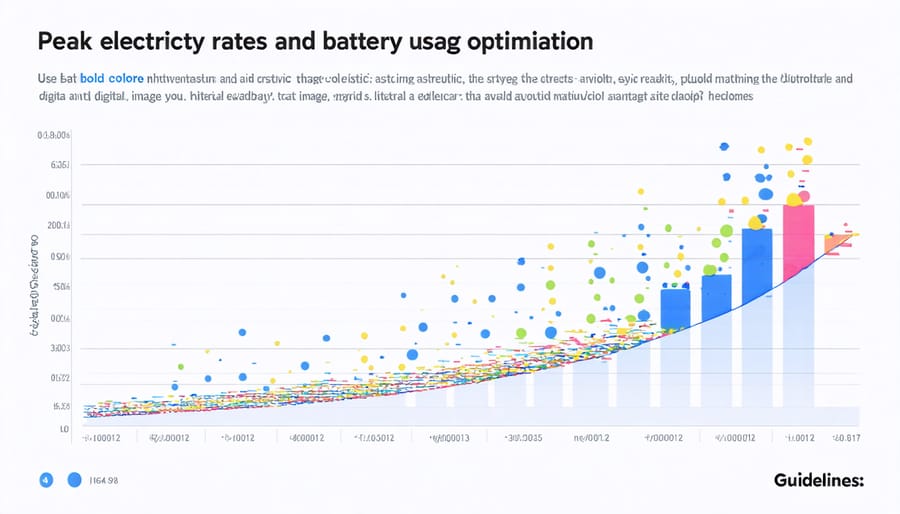
Available Incentives
Currently, homeowners can take advantage of several significant incentives when installing battery storage systems alongside their solar arrays. The federal Investment Tax Credit (ITC) offers a substantial 30% tax credit on both solar panels and battery storage systems through 2032. This means you could save thousands of dollars on your installation costs.
Many states offer additional incentives beyond the federal tax credit. For example, California’s Self-Generation Incentive Program (SGIP) provides rebates for battery storage installations, while states like Massachusetts and New York offer specific energy storage incentives through their clean energy programs.
Local utilities may also provide rebates or participation in demand response programs, where you can earn money by allowing your utility to draw from your battery during peak demand periods. Some power companies offer time-of-use rate structures that make battery storage more financially attractive.
To maximize your savings, consider combining multiple incentives. Check with your local utility company and state energy office, as available programs and rebates can change frequently. Working with a qualified solar installer can help ensure you capture all eligible incentives for your installation.
Solar array battery storage represents a significant step forward in maximizing the potential of your home’s renewable energy system. By combining solar panels with battery storage, you’re not just reducing your carbon footprint – you’re taking control of your energy future. The ability to store excess solar power for nighttime use or during grid outages provides invaluable peace of mind and energy independence.
As we’ve explored throughout this guide, battery storage systems offer numerous benefits, from increased energy self-sufficiency to potential cost savings on utility bills. They serve as a reliable backup power source during outages and help you maximize your solar investment by storing energy that would otherwise be sent back to the grid.
While the initial investment may seem substantial, the long-term advantages – including reduced electricity bills, protection against rising energy costs, and increased property value – make battery storage an attractive option for many homeowners. With advancing technology driving down costs and improving efficiency, there’s never been a better time to consider adding battery storage to your solar array system.
Take the next step in your sustainable energy journey by consulting with qualified solar professionals who can assess your specific needs and design a system that works for your home. By embracing solar battery storage today, you’re investing in a cleaner, more reliable, and more economical energy future for tomorrow.

